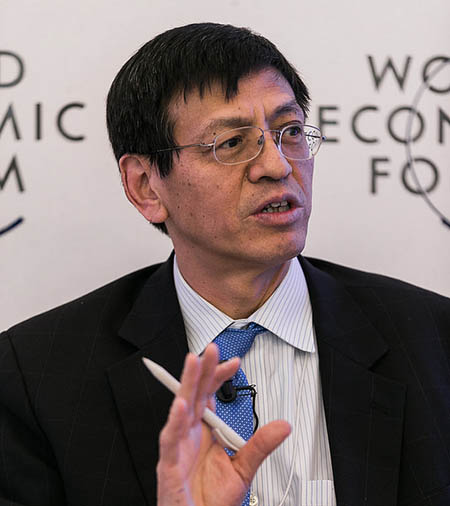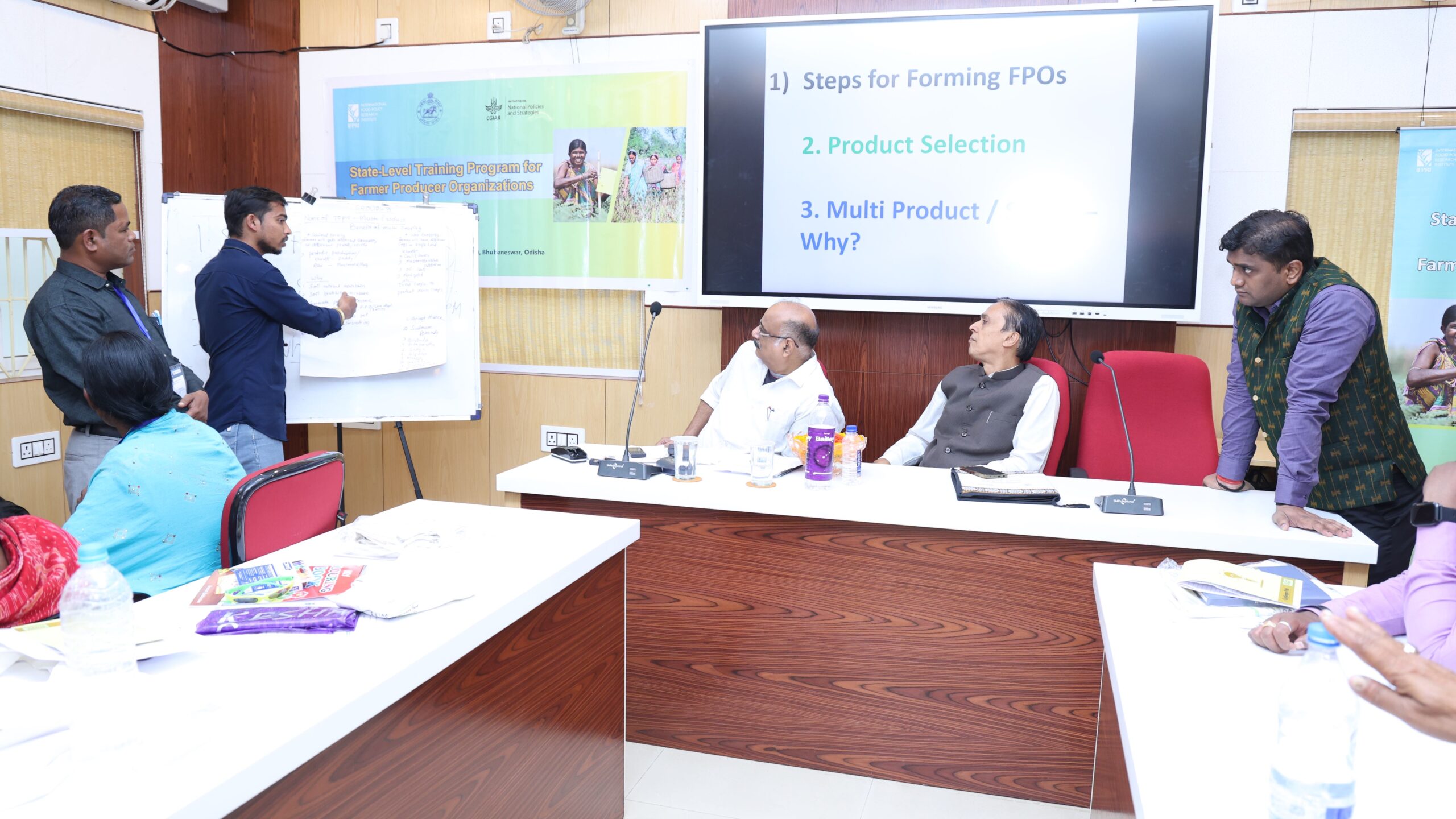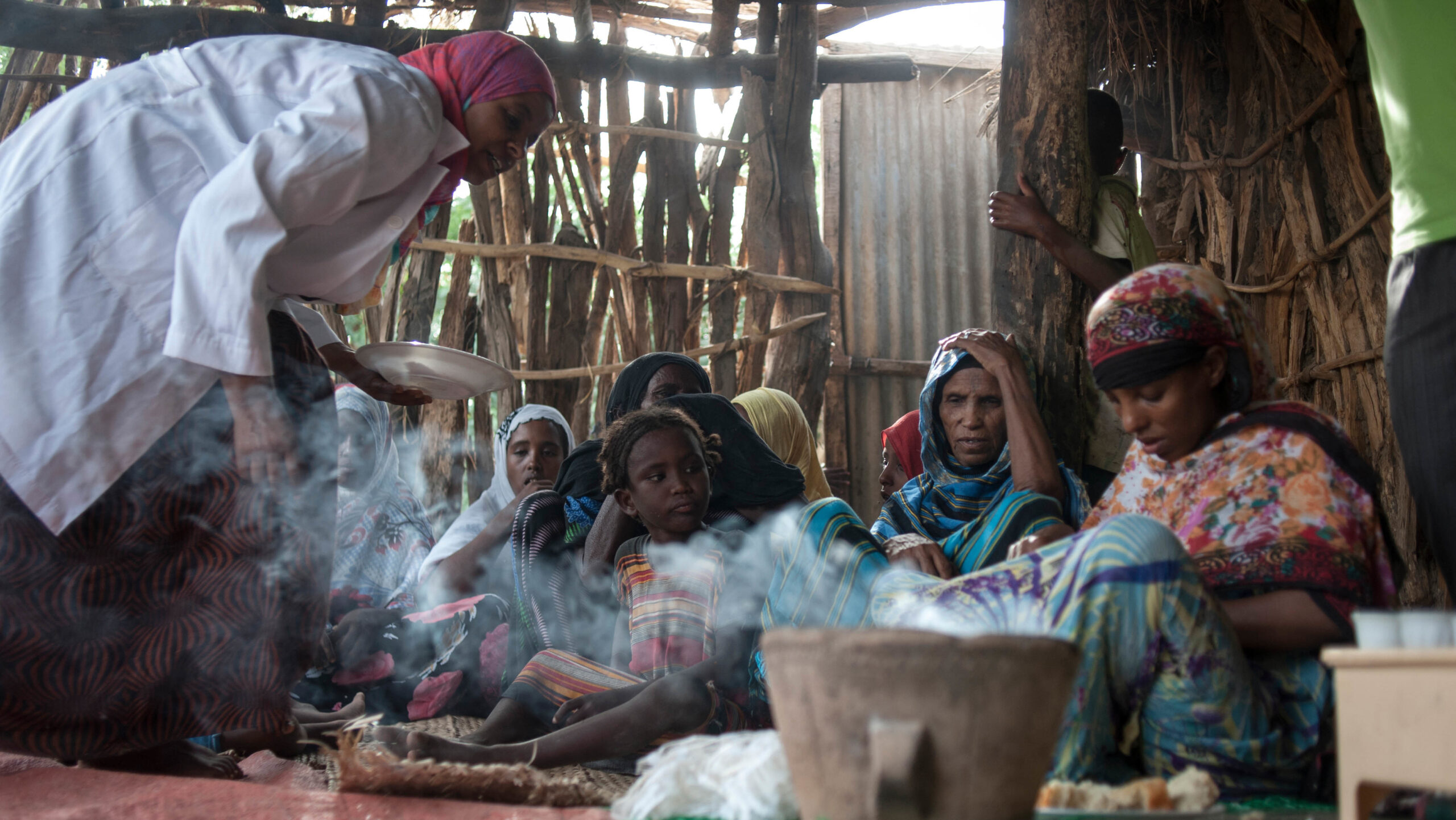The following post by IFPRI Director General Shenggen Fan was originally published on the Huffington Post.
This year’s World Economic Forum provided an opportunity for leaders from all sectors of global development to look at new tactics in global decision-making. For me and my organization–the International Food Policy Research Institute (IFPRI)–it provided a platform to shape discussions on the future of sustainable development, including food security and nutrition.
The world has made good progress in reducing poverty: the number of poor has declined from 1.9 billion in 1990 to just over a billion in 2011–5 years ahead of schedule to meet the Millennium Development Goal to halve global poverty. We also made some progress in reducing hunger, from 1.1 billion in 1990 to 805 million in 2014. That translates to a decline from 18.7 to 11.3 percent.
But we have failed miserably in reducing malnutrition–whether it’s the so-called hidden hunger (also known as micronutrient deficiencies), or growth failure in early childhood, or overnutrition.
The world’s food system is increasingly vulnerable to multiple shocks as we saw last year. Extreme weather events such as Typhoon Hagupit in the Philippines affected 3.9 million people and caused severe damage to infrastructure and agriculture; Ebola caused more than 8,000 deaths in West Africa and continues to threaten food security in severely affected areas. In East Asia, food safety scandals, such as tainted meat and cooking oil, have elevated consumer fears with potentially tragic results for the nutrition of many. Within the African continent, violent conflicts rose by 13 percent from 2013. What’s more, the growing risk of climate change exacerbates many of these problems.
The need for a healthy and inclusive global food system that can sustainably meet the world’s growing demand was central to many of the discussions I had at Davos. To be more specific, we must reshape agriculture for improved nutrition and health and environmental sustainability.
To do this, we need to design agricultural policies with a nutrition lens and employ climate-smart approaches. One way is to improve the nutrient content and resilience of crops that small farmers already produce. Investing in agricultural R&D for biofortification, which boosts nutrient levels in varieties of staple food crops, and in improved climate-ready varieties, are two such approaches. We have seen improvements in Vitamin A intake from communities that adopted biofortified Vitamin A sweet potato. Along with technological innovations, biosafety and regulatory policies must be in place to protect consumers.
It is equally important to promote gender equality, especially in agriculture. Women make up almost half of the agricultural workforce in developing countries, yet they have unequal access to land, improved seeds, and market information. We must make governments accountable for gender equality in agriculture by strengthening land rights, improving access to inputs and credit, as well as providing agricultural training and information. IFPRI research tells us that gender equality in agriculture improves productivity and reduces hunger and malnutrition, especially for the next generation.
Finally, the global community must embrace new players such as the private sector, as they increasingly play more active roles in agriculture and food security. The private sector should be seen as allies in the fight against hunger and malnutrition. Private firms can provide effective and sustainable investment and innovation for improved technologies in agriculture and nutrition. But solutions must put the needs of poor people at the center. Promoting good business practices that are people-focused will ensure win-win solutions for both small farmers and private businesses.
To transform our global food system for better food security and nutrition, countries must lead the way. But one way the international community can support country-led initiatives is by placing the elimination of hunger and malnutrition at the center of the Sustainable Development Goals. Doing so will help achieve dignity for all, grow a strong, inclusive, and transformative economy, and ensure healthy lives. In fact, I believe we can be bold by striving to end hunger and undernutrition by 2025 if we bring together best practices, knowledge, resources, and political will. Global gatherings, such as the one at Davos, set the tone for more holistic efforts to improve the lives of all citizens on this planet.







